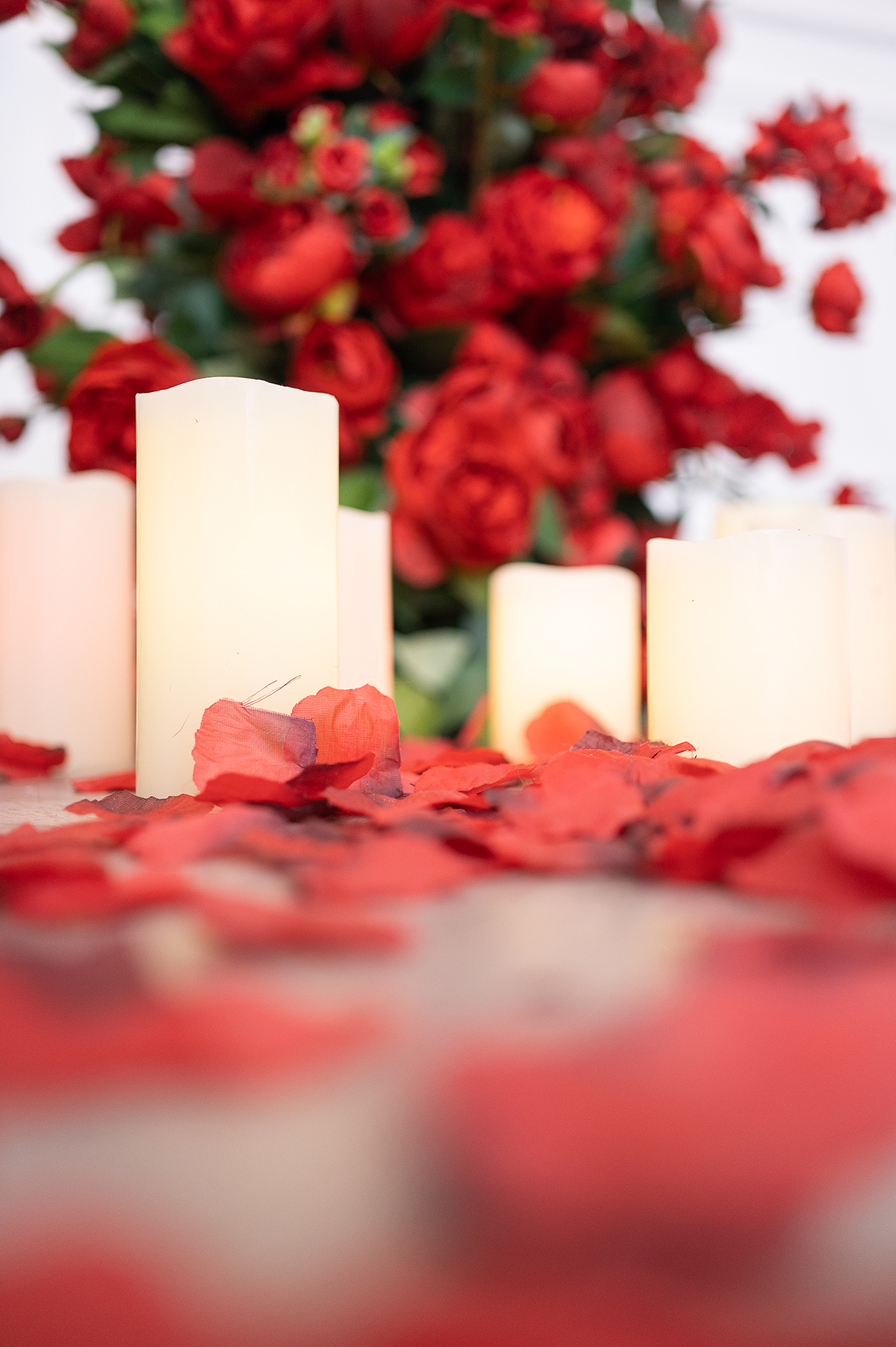Good portrait photography involves more than just pointing your camera at a person and pressing the shutter button. Understanding the basics of portrait lighting is essential for achieving professional-looking images.
If you’re new to portrait photography, it can be daunting to try and figure out the best way to light a subject. But with a few simple techniques, you can easily create a basic portrait lighting setup.
This guide will walk you through the essential elements of a portrait lighting setup and provide tips on achieving the best results.
6 Portrait Lighting Setups
Portrait lighting is one of the most important elements in creating flattering and compelling images. A good portrait photographer needs to understand how light works and how to manipulate it to make a desired effect.
There are many ways to approach this, but most professional photographers will agree that there are six basic lighting setups for portraits:
1) Rembrandt Lighting
Rembrandt’s lighting was named after the Dutch painter because he often used it in his portraits. It creates shadows on one side of the face and highlights on another side, so it’s a good choice for dramatic or romantic images. This setup is also great for creating drama in outdoor portraits when you’re shooting at night or during golden hour (when there’s plenty of sunlight).
2) Split Lighting Setup
Split lighting is similar to Rembrandt lighting, but instead of having shadows on just one side of the face, it has them on both sides—hence the name “split.” This type of lighting works well when you want your subject’s eyes to look more expressive and intense than they would with other types of lighting. The shadows under the eyes also allow you to draw attention to the subject’s face without using makeup or other accessories.
3) The Butterfly Lighting Setup
Butterfly lighting creates soft, flattering light on your subjects’ faces. This setup works well for full-length portraits and headshots because it evenly lights up their whole bodies without producing harsh shadows or highlights throughout the shot (which can be unflattering).
To achieve this look, place two lights at opposite sides of your subject’s body so that they form an “X” shape around them; then position another light in front of them at about waist level so that it casts some light onto their face from below (this will give them more depth).
4) The Loop Lighting Setup
This setup makes highlighting specific features on your subject’s face easy while keeping them well-lit overall. It uses three lights: two side-by-side spotlights shining down from above, plus a third light shining directly into their eyes from below. You can use white or coloured gels with this setup if desired!
5) Broad and Short Lighting
The broad-and-short lighting pattern highlights a person’s features and makes them look more attractive. Position your subject so that they are facing away from you, then move one light up above their head and another down below it; the distance between each light should be roughly equal to the length of your subject’s face.
6) Fill Lighting
Fill lighting is used to brighten the shadows on your subject’s face. Position one light above their head at the right angle, then position another directly behind them and fill in the shadows created by this second light using a white reflector.
Conclusion
Portrait lighting is a complex subject that can take years to master, but with the right knowledge and practice, you’ll be well on your way to creating professional-looking portraits. Now that you know the basics of portrait lighting, try these tips to understand better how they work. Experiment with different light positions and angles and see what kind of results you get. If you’re starting out, it’s best to keep things simple by sticking with one or two lights at first.
Do you need creative studio space in Richmond Hill? We’ve got you covered. The Glass House Studios offers perfect areas that you can use for photography, video work, and anything else you might need. You can choose from our large spaces or private studios that are perfect for small groups or solo artists. We’ve got everything you need to make your next project a success!

